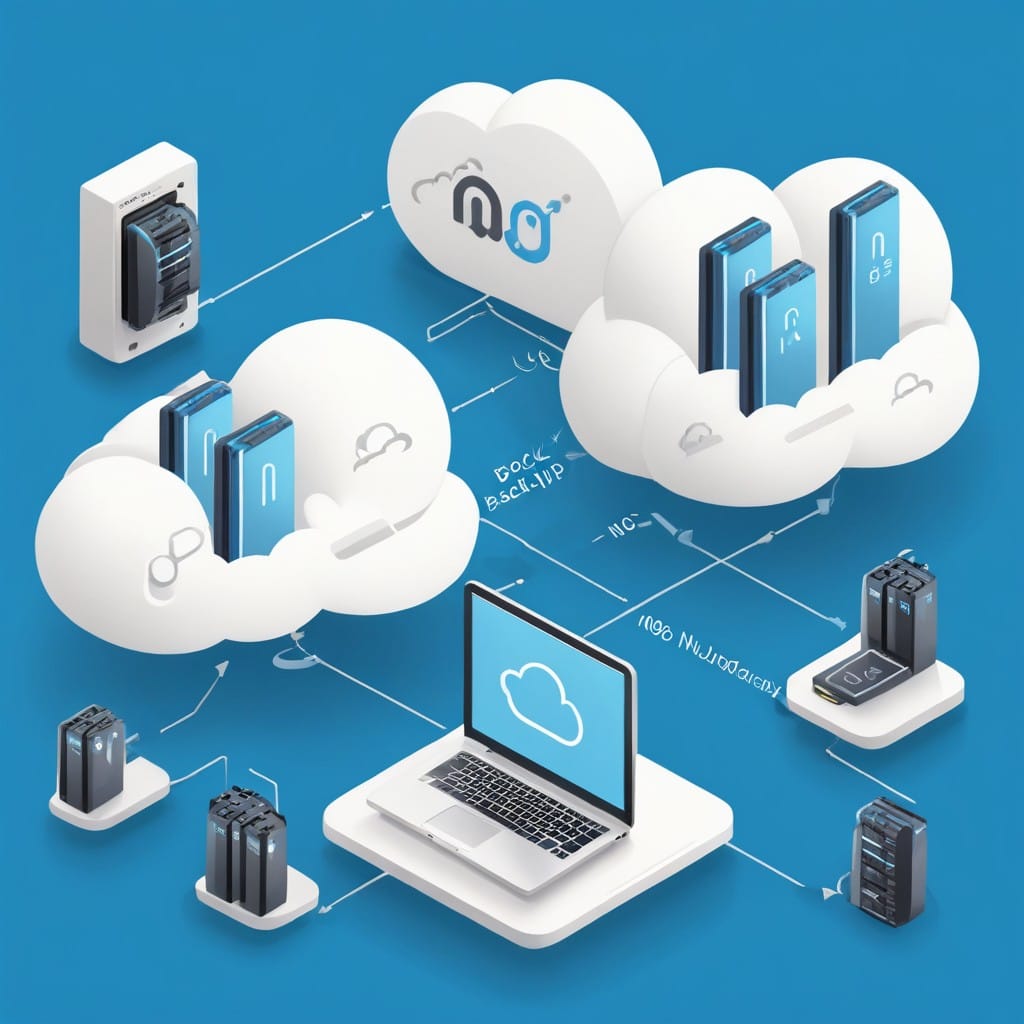Automating n8n Backups with Multi-Cloud Rotation for Redundancy

In today’s fast-paced digital landscape, ensuring the safety and availability of your workflow automation data is critical. n8n, a powerful workflow automation tool, is no exception. While n8n provides built-in backup capabilities, manually managing backups across multiple cloud providers can be time-consuming and error-prone.
This blog post explores how to automate n8n backups with a multi-cloud rotation strategy to enhance redundancy, minimize downtime, and protect against data loss.
Why Multi-Cloud Backup Rotation Matters
Relying on a single cloud provider for backups is risky. Service outages, accidental deletions, or regional disruptions can leave you without access to critical data. By rotating backups across multiple cloud providers (e.g., AWS S3, Google Cloud Storage, and Azure Blob Storage), you ensure:
- Redundancy: If one provider fails, backups remain accessible elsewhere.
- Geographic Resilience: Distribute backups across regions to mitigate localized outages.
- Cost Optimization: Leverage competitive pricing and free tiers from different providers.
Step 1: Configure n8n for Automated Backups
n8n allows you to export workflows and credentials manually, but automation is key for consistency. Here’s how to set it up:
- Enable n8n’s REST API: Ensure the API is accessible for triggering backups programmatically.
- Use the
/workflowsand/credentialsendpoints: These endpoints allow you to fetch workflows and credentials in JSON format. - Schedule Backups with Cron Jobs: Use a cron job (or a similar scheduler) to call the API at regular intervals.
Example cron job (runs daily at midnight):
bash
0 0 * * * curl -X GET "http://localhost:5678/api/v1/workflows" -H "Authorization: Bearer YOUR_API_KEY" > /backups/n8n-workflows-$(date +\%Y\%m\%d).json
Step 2: Implement Multi-Cloud Storage Rotation
Once backups are generated, store them across multiple cloud providers. Below are steps for AWS S3, Google Cloud Storage, and Azure Blob Storage.
AWS S3 Backup Upload
bash
aws s3 cp /backups/n8n-workflows-$(date +\%Y\%m\%d).json s3://your-bucket-name/n8n-backups/
Google Cloud Storage Backup Upload
bash
gsutil cp /backups/n8n-workflows-$(date +\%Y\%m\%d).json gs://your-bucket-name/n8n-backups/
Azure Blob Storage Backup Upload
bash
az storage blob upload --account-name yourstorageaccount --container-name n8n-backups --name n8n-workflows-$(date +\%Y\%m\%d).json --file /backups/n8n-workflows-$(date +\%Y\%m\%d).json --auth-mode login
Step 3: Automate Backup Rotation
To prevent storage bloat, implement a retention policy that deletes older backups while keeping recent copies. Here’s an example script:
```bash
!/bin/bash
Keep backups from the last 7 days
find /backups -name "n8n-workflows-*.json" -mtime +7 -exec rm {} \;
Rotate cloud backups (AWS example)
aws s3 ls s3://your-bucket-name/n8n-backups/ | awk '{print $4}' | sort | head -n -7 | xargs -I {} aws s3 rm s3://your-bucket-name/n8n-backups/{} ```
Step 4: Monitor and Verify Backups
Automation is useless without verification. Implement checks to ensure backups are valid:
- Integrity Checks: Use checksums (e.g.,
sha256sum) to verify file integrity. - Restoration Tests: Periodically restore a backup to confirm it works.
- Alerting: Set up notifications (e.g., Slack or Email) if backups fail.
Conclusion
Automating n8n backups with multi-cloud rotation ensures your workflow data remains secure and accessible, even in the face of provider-specific failures. By leveraging cron jobs, cloud storage APIs, and retention policies, you can build a robust backup strategy with minimal manual intervention.
Start implementing this approach today to safeguard your automation workflows against unexpected disasters!
Would you like additional details on any specific step? Let me know in the comments!



